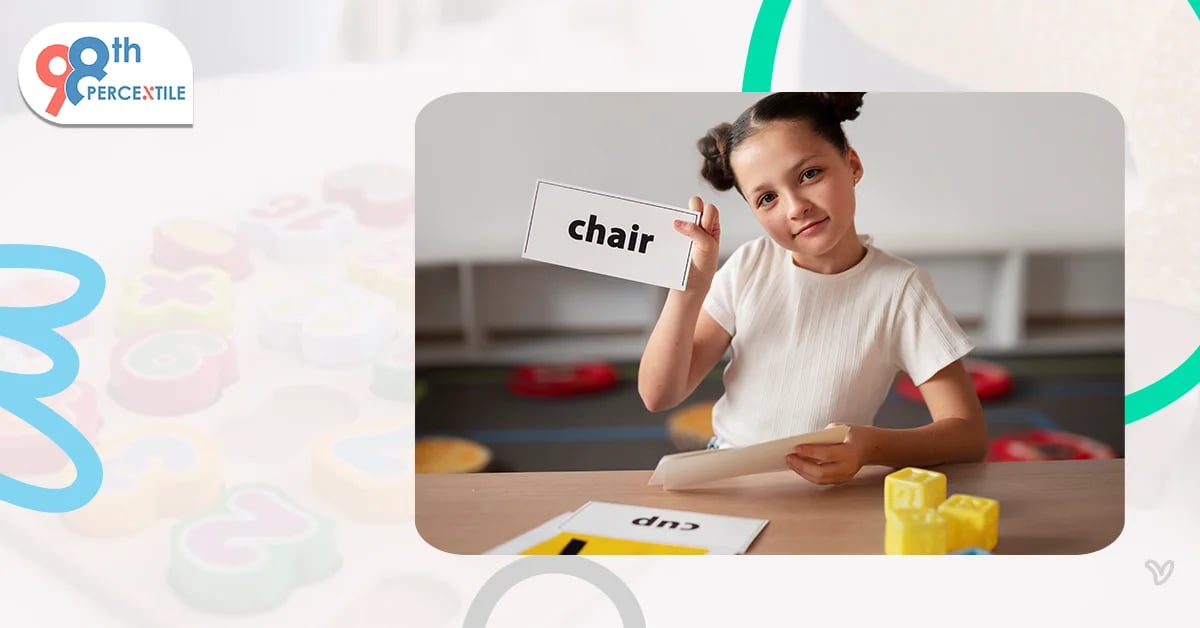Personification is a powerful literary device that breathes life into inanimate objects, abstract concepts, or animals by attributing human qualities and characteristics to them. By imbuing non-human entities with human attributes, writers can evoke emotion, create vivid imagery, and convey complex ideas compellingly and imaginatively. This guide aims to explore the art of personification, offering practical tips and examples to help writers master this creative technique and enhance their storytelling prowess.
Explain Personification
- Understanding Personification: Personification involves attributing human characteristics, behaviors, or emotions to non-human entities. This literary device is often used to animate objects, nature, or abstract concepts, lending them a sense of personality and agency. By personifying elements of the natural world or inanimate objects, writers can engage readers' imagination and evoke empathy or emotional resonance.
- Identifying Opportunities for Personification: Look for opportunities to incorporate personification into your writing by identifying objects, elements of nature, or abstract concepts that could benefit from anthropomorphic treatment. Consider how personification can enrich your narrative by adding depth, symbolism, or thematic resonance. Experiment with different perspectives and points of view to determine the most effective approach for personifying your subject.
- Crafting Vivid Descriptions: When employing personification, strive to create vivid and evocative descriptions that bring your subject to life on the page. Use sensory details, figurative language, and vivid imagery to paint a rich and immersive portrait of the personified entity. Appeal to readers' senses and emotions, inviting them to experience the world through the eyes of the personified object or concept.
- Creating Emotional Impact: Personification can be a powerful tool for eliciting emotional responses from readers by humanizing abstract concepts or imbuing objects with sentiment and empathy. Use personification to convey complex emotions, such as love, longing, or despair, in a tangible and relatable manner. By connecting readers to the personified entity on an emotional level, you can deepen their engagement with your writing and enhance its impact.
- Maintaining Consistency: While personification offers creative freedom and flexibility, it's essential to maintain consistency in your use of this literary device to ensure coherence and credibility. Establish clear rules and parameters for personifying your subject, considering its inherent characteristics, context, and narrative purpose. Avoid overusing personification or straying too far from the established tone and style of your writing.
Enhance Your Child's Verbal Abilities: Start Trial Now!
Importance of Personification
Personification is a versatile and effective literary device that allows writers to infuse their writing with creativity, depth, and emotional resonance. By attributing human qualities to non-human entities, writers can engage readers' imagination, evoke empathy, and convey complex ideas in a compelling and accessible manner. Whether used to animate nature, imbue objects with personality, or explore abstract concepts, personification enriches storytelling and enhances the reader's experience.
In conclusion, mastering the art of personification requires practice, creativity, and a keen understanding of narrative technique. By following the guidelines outlined in this guide and experimenting with different approaches to personification, writers can harness the full expressive potential of this powerful literary device and elevate their writing to new heights.
Q&A: (Questions and Answers)
Q.1: What is the difference between personification and anthropomorphism?
Ans: Personification involves attributing human qualities to non-human entities, while anthropomorphism involves the portrayal of non-human entities as having human-like characteristics or behavior.
Q.2: Can personification be used in non-fiction writing?
Ans: Yes, personification can be employed in non-fiction writing to add depth and imagery to descriptions of natural phenomena, historical events, or abstract concepts.
Q.3: How can I avoid clichés when using personification?
Ans: To avoid clichés, strive to approach personification from unique perspectives and explore unconventional subjects or scenarios. Experiment with fresh language and imaginative comparisons to breathe new life into familiar tropes.
Q.4: Is personification limited to literary writing, or can it be used in other forms of communication?
Ans: Personification can be used effectively in various forms of communication, including advertising, marketing, and public speaking, to engage audiences, evoke emotion, and convey messages memorably and persuasively.
Q.5: What are some common pitfalls to avoid when using personification?
Ans: Some common pitfalls to avoid when using personification include overuse, inconsistency, and implausibility. Ensure that personified entities remain true to their inherent characteristics and context, and strive for subtlety and nuance in your depictions.
Q.6: Can personification be used to convey themes or symbolism in literature?
Ans: Yes, personification can be a powerful tool for conveying themes or symbolism in literature by imbuing objects or elements of nature with metaphorical significance. For example, a storm could symbolize chaos or turmoil, while a tree could represent growth and resilience.
Q.7: How can I incorporate personification into my writing without it feeling forced or contrived?
Ans: To incorporate personification seamlessly into your writing, consider the context and purpose of your narrative and choose subjects that lend themselves naturally to anthropomorphic treatment. Focus on creating vivid descriptions and evocative imagery that enhance the reader's understanding and emotional connection to the personified entity.
Book 2-Week English Trial Classes Now!

 Students/Staff
Students/Staff Parents
Parents ElevatEd
ElevatEd



-Nov-18-2025-03-57-47-3267-AM.png?width=360&length=360&name=401x226%20(6)-Nov-18-2025-03-57-47-3267-AM.png)



-Jul-22-2025-03-16-52-8797-AM.png?width=360&length=360&name=401x226%20(6)-Jul-22-2025-03-16-52-8797-AM.png)






